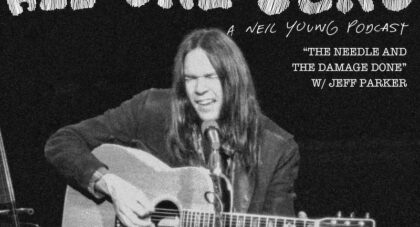Speaking with Shane Butler and Caity Shaffer of Olden Yolk feels like a great conversation with friends where one alleyway of thought leads into another. It’s a feeling similar to their latest album, Living Theatre, a gorgeous record that funnels a broad collection of musical influences, but also ends up sounding like some of the best of Yo La Tengo’s gentler moments . . .
Only the good shit. Aquarium Drunkard is powered by its patrons. Keep the servers humming and help us continue doing it by pledging your support.
To continue reading, become a member or log in.


